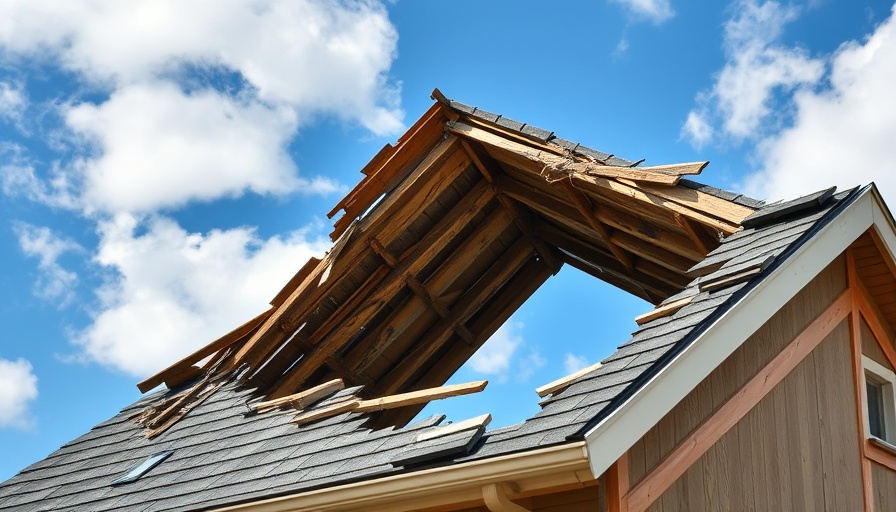
Understanding the Surge in Home Insurance Rates
In today's world, extreme weather events are becoming more frequent and severe, and as a result, homeowners across the United States are feeling the financial impact firsthand. Recent data from the Texas Department of Insurance reveals that the number of requests for rate increases from insurance companies has doubled in just a short period. This significant rise is not merely a trend but a reflection of the direct correlation between climate change and home insurance premiums. As the severity of weather patterns continues to escalate, homeowners can expect to see higher costs associated with insuring their properties.
The Relationship Between Extreme Weather and Insurance Costs
To put it simply, more extreme weather leads to more claims, which in turn drives up insurance rates. With hurricanes, floods, and wildfires becoming commonplace, insurance companies are forced to reassess the risks associated with their policies. In an effort to mitigate losses, they often increase premiums substantially. For instance, areas prone to hurricanes may see insurance costs soar as insurers calculate the potential damages. In some cases, homeowners can no longer afford insurance altogether, leading to a crisis for many families.
A Broader Context: Climate Change and Its Financial Implications
The increasing rates are an alarming indicator of a broader issue—climate change, which has sparked debates globally on its effects and the necessary actions required to combat it. Reports from various climate authorities emphasize the urgency of addressing environmental changes and adapting our infrastructure accordingly. With cities rapidly growing and climate risks escalating, officials and households alike need to reconsider their emergency preparedness and insurance decisions.
How Consumers Can Navigate the Rising Insurance Costs
So, what can homeowners do in this tightening insurance market? One practical approach is to shop around. Consumers are encouraged to compare insurance policies and rates from different companies, ensuring they get the most comprehensive coverage at the best price. Additionally, understanding one's property and its specific risks can provide clarity when negotiating with insurance providers. Furthermore, investing in preventative measures like home upgrades can help mitigate risks and potentially reduce premiums.
The Future: What's Next for Home Insurance?
Looking ahead, experts predict a continued trajectory of rising insurance costs unless significant changes are made on both governmental and individual levels. Local governments might need to consider adjusting building codes, enhancing emergency response systems, and promoting sustainable practices to combat climate variations. On a personal level, homeowners will have to stay informed of new policies and adapt their strategies, being proactive in protecting their investments.
Final Thoughts: Staying Informed in Changing Times
As the weather becomes increasingly unpredictable, it's critical for homeowners to recognize the impact of these patterns on their finances. Keeping an open dialogue with insurance agents, understanding climate risks, and staying updated on local weather trends can empower homeowners to navigate this challenging landscape more effectively. The rising heat of extreme weather events serves as a reminder to all of us that we need to confront the consequences of our changing climate with informed and strategic decisions.
 Add Element
Add Element  Add Row
Add Row 



Write A Comment